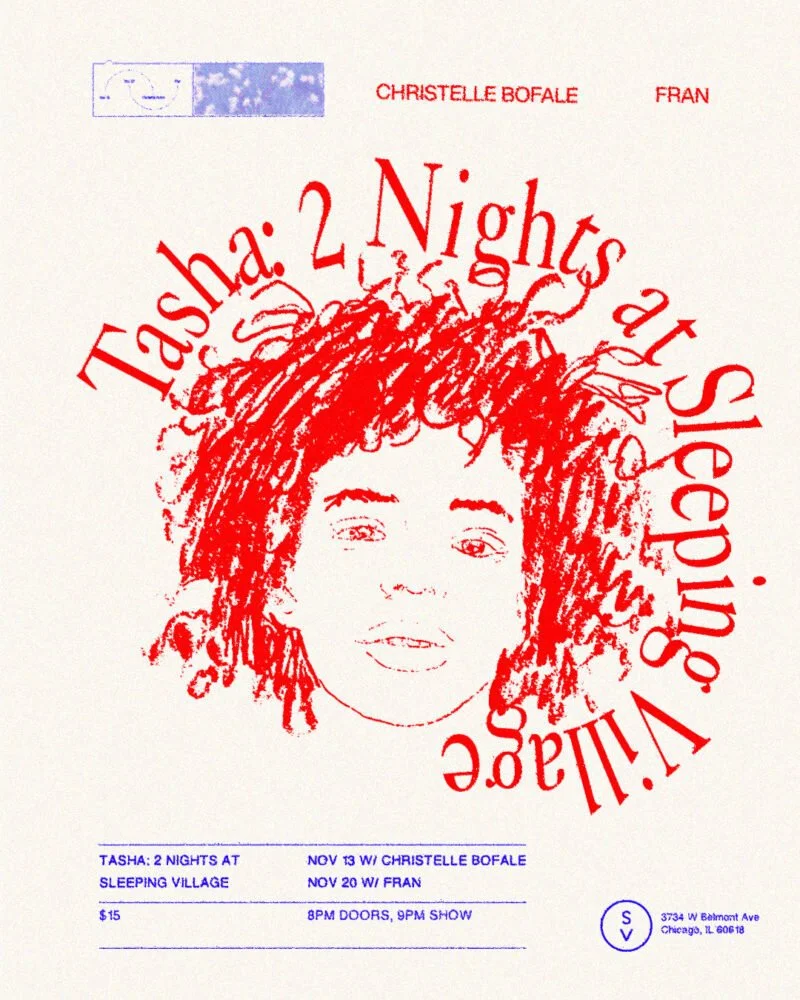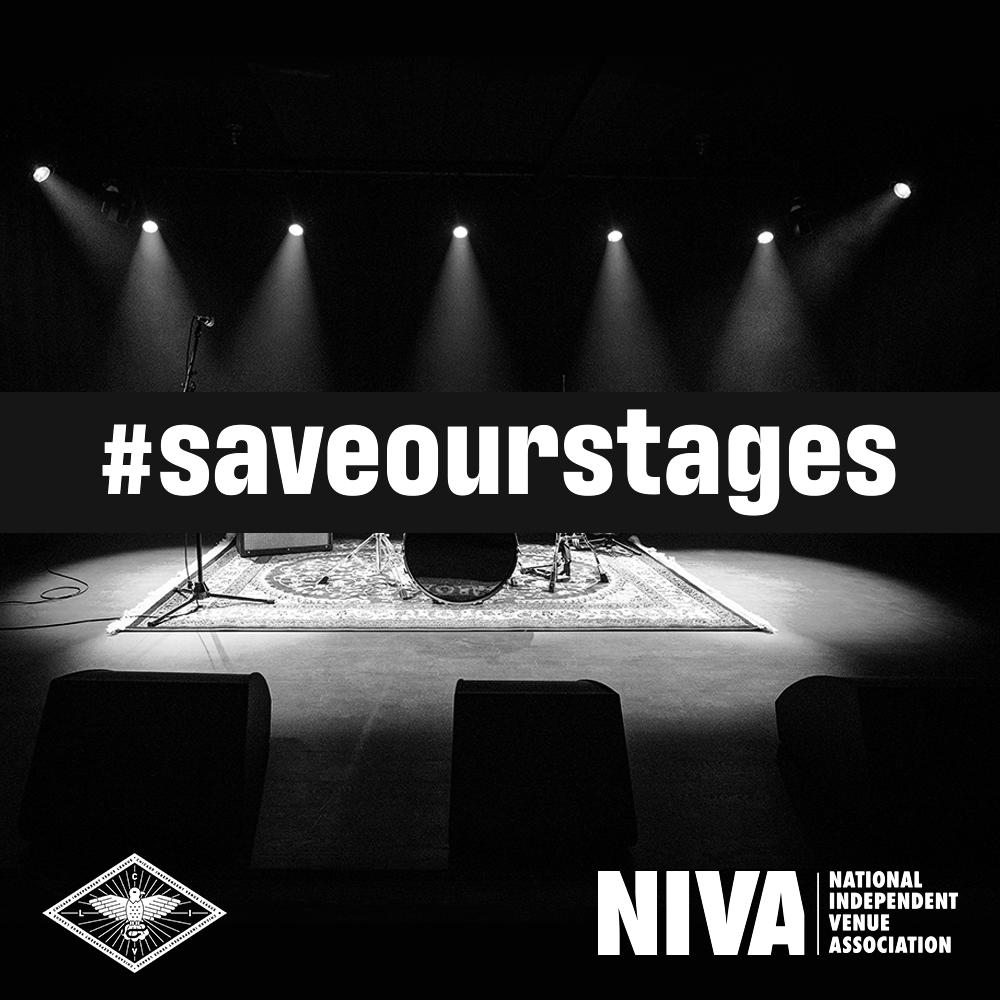The State of CPS • How Charter Schools are Undercutting Neighborhood Schools in Chicago
Special Report • Part 4 of 5
This week, TheseDays’ latest addition, Nicole Kreizel, dives into the current state of operations at Chicago Public Schools. CPS has a long history of budget shortfalls and school closings, and the back and forth between Springfield and Chicago has been contentious. The latest sparring between Rahm Emanuel and Bruce Rauner has caused the public schools’ situation heading into 2017 to become a flashpoint in the state’s agenda.
Politicians, along with teachers, parents, students and nonprofits, have all shaped, and are continuing to contribute to, Chicago’s educational landscape. Over the course of the next five days, we will delve into the key decisions and issues within this realm.
The national conversation around charter schools has not stopped in Chicago, as the government continues to endorse legislation that damages and deprives neighborhood schools while it expands and promotes selective-enrollment and charter schools. Although there are many voices and viewpoints in this debate, it is impossible to ignore the fact that the emergence of charter schools, both in Chicago and on a national level, can negatively impact the people and communities they are meant to serve.
This situation can make students feel betrayed by the educational system. “Kids are a lot smarter than we give them credit for. They know they had all of these things going on at school and now they don’t and they want answers,” said Shanelle Jackson, an active parent in Chicago Public Schools (CPS). “What answer can you give them without making it seem like people don’t care about their future, people don’t care if they have tools to read and do math and spend x amount of hours on a computer,” she continued. “Why don’t they have the things that charter schools and other schools that are more funded have? And why are these children then still held to the same standards as schools that have those advantages? They are not being given the tools and equipment to succeed at that level.”
Charter schools are approved by Chicago’s Board of Education but operate independently from the Board and from each other. Students have to apply to get into these publicly-funded but privately-managed schools, and there are lotteries if there are more applications than spaces. Similar to the charter schools’ admissions processes, curriculums can often differ from other public schools, and they can be operated by community organizations, universities, foundations or teachers. This leads to discussions about charter schools becoming for-profit entities, where those in charge, such as Magic Johnson of Magic Johnson Bridge Academies, can treat schools like businesses and students like dollar signs.
Gov Bruce Rauner has been a big supporter of charter schools
Selective-enrollment schools are similar, as they admit students based on their grades and test scores. Applicants must pre-qualify to take the admissions exam based on their reading and math scores on the Northwest Evaluation Association (NWEA) exam.
Neighborhood schools, on the other hand, do not have any of these prerequisites; they accept students based on where they live. The school-choice system, which allows students to attend charter and selective-enrollment schools anywhere in Chicago if they are accepted, therefore hurts neighborhood schools and leaves them with the majority of low-achieving students. Austin high school, mentioned in part three, is a perfect example of this. The school, in an area that in 2016, with 88 shooting deaths, far outpaced the number of American military deaths (14) that same year, has a limited budget that has been worsened by declining enrollment due to the per-pupil budgeting system. Austin has 23 percent of the number of students it is meant to hold—just eight-percent of 712 eighth graders in Austin’s attendance boundary chose to enroll in Austin in 2016, and in 14 of Austin’s peer schools, only 10 percent of all eligible students were in attendance (The Atlantic).
Many other schools in Chicago’s poor and mostly Latino and black neighborhoods are resigned to a similar fate. In 2016, 35 public high schools were less than half full, and 10 were less than a quarter full (The Atlantic). In 2015, just two years after about 50 schools in Chicago were shut down, 15 public high schools were less than one-third full (Chicago Tribune). On the city’s south and west sides, the neediest students are being segregated into the most under-resourced and unstable institutions.
Going a step further, let’s look at the landscape when enrollment numbers across Chicago were worse than expected in September 2015, and 27 schools lost $500,000 (The Chicago Reporter). Eleven of these schools were on the South Side and nine were on the West Side. Twenty-one of the schools served mostly poor students the previous year, while ten served mostly black students and two served mostly Hispanic students in 2014.
Now let’s backtrack to around 2000, when Chicago was dealing with weak performance and disorganization within public schools, particularly in poor and violent communities, in addition to consistent flight to the suburbs. (The Atlantic). As a result, the city began opening new schools and creating more school-choice opportunities, whereas before education was centered on neighborhood schools. Ultimately, Austin was shut down in 2004, but then reopened in 2006. The school took another hit between 2012-2015, when enrollment plummeted again, leading to more cuts in staff and programming, and declining teacher retention rates. In September 2015, residents in Washington Park went as far as to stage a hunger strike in order to get the district and Board to reopen their neighborhood school, Dyett High School.
At the same time the local government is shutting down neighborhood schools, it is opening more charter and selective enrollment schools to serve the middle class and higher-performing students. As students apply and get accepted based on their scores, those unable to get into these schools are left behind in the deteriorating neighborhood schools.
Poor and working-class Chicago students have a lot of disadvantages—they might not be able to make it through the complicated application processes, they might have families that are less involved, they might not be able to go to schools in other neighborhoods because of safety, financial or travel limitations, or they might have learning disabilities that are not being accounted for. This creates a stratified society where those left in neighborhood schools are essentially being labeled as rejects.
“I feel strongly that charter schools cherry pick kids from other schools,” said Ivan Rice, who student-taught in CPS. Students who are struggling academically remain in the existing public schools, and as these schools “under-populate and under-budget and are marked as failures,” more schools subsequently close down, and the problem is compounded.
Photo Courtesy of ChicagoBusiness.com
Imagine walking into a garden and watering only the section of plants that is already flourishing, and neglecting the plants that are withering and desperate for nourishment. And imagine this happening again and again and again.
“I don’t know when it’s going to end…maybe when all of the under-performing schools are stuffed with students, and there won’t be any more students for charter schools to cherry pick,” Rice said. “Maybe that’s the end goal, to leave CPS with just these schools in just the poor neighborhoods that end up with terrible GPAs and test scores because you’ve taken these kids who would already be in the lower percentage at school, but who are around peers at a higher levels and could maybe learn from them, and you’re taking away that opportunity by locking all poor-performing students in a handful of schools.”
Teachers feel imprisoned by the system as well, as they are paired with students who need the most help but have the least amount of resources.
Out of the 27 schools slated to lose $500,000 from July to September 2015, thirteen of the schools served more than the district’s average of special education students and seven served more than the district’s average of English-language learners (The Chicago Reporter).
“It’s exhausting and frustrating for teachers...I think it takes teachers who are hopeful and bright and relatively new and it ages them very quickly," Rice said. “I really feel like the teachers think that not only does the government not care about them, which is bad enough, but that the government doesn’t care about their students,” he continued, and this feeling, along with the limited resources, “impact their teaching in a negative way, and then you have a system that’s shooting itself in the foot when it’s impacting their teaching.”
The teachers’ feelings are not unfounded. Members of the Chicago Teacher’s Union regularly face aggression in many forms from both City Hall and Springfield. Battles between Mayor Rahm Emanuel and CTU head Karen Lewis were well-documented during the Union’s strike in 2012, and the two have sparred in public several times since. Gov. Bruce Rauner called CPS teachers “virtually illiterate” and labeled half of Chicago’s principals as “incompetent” in emails that Emanuel’s administration released in July 2016 under a court order (Chicago Tribune).
Rauner’s spokesman issued an apology on the governor’s behalf for these emails from five years prior, but as recently as June 2016, Rauner called many of Chicago’s schools “crumbling prisons.”
Many CPS parents said that Rauner made this assertion to justify why he is slashing neighborhood schools’ budgets and putting this money toward charter schools.
Ald. Howard B. Brookins agrees with this sentiment, and posted on Facebook about the governor’s “racist” and “inflammatory” rhetoric: “If the Governor wanted to respect our students, teachers, and principals, he would start funding all our schools equitably instead of punishing poor students throughout the state of Illinois.”
Rauner is also known for his staunch opposition to CTU. He has denounced the organization for holding too much power and he enforces union-weakening provisions in the collective bargaining process. The governor’s feuds with Lewis have also made countless headlines.
“Public education is becoming a business; Rauner is trying to privatize and de-unionize and hurt the collective bargaining rights of urban school districts,” said Martin Ritter, who has been a union organizer for the last six years. After adding that the mayor tried to break the union as well, and that most teachers at charter schools are not in unions, he said, “The governor believes in busting unions, destroying pensions and eliminating collective bargaining rights, and he said he would bankrupt the state to force his views...he has openly shown his disdain for working people.”
Charter schools have continued to grow despite the purge of existing public schools. In 2013, about 50 neighborhood schools were forced to close in the largest single wave of public school closings in one city the county has seen. In 2014, five new charter schools opened in Chicago. Emanuel supported closing the neighborhood schools and opening new charter schools, claiming that these are two separate issues.
Charter school enrollment actually doubled from 2009-2014, according to the Illinois Network of Charter Schools (INCS). The Illinois Charter School Commission is able to override CPS if it denies a charter, and then fund the school with money that the district would have otherwise controlled.
There are also situations when co-location occurs, or charter schools open in existing public schools that have vacant space due to under-enrollment. While charter school advocates say this is a more efficient way of using tax money, those against co-location say it allows charter schools to take more kids and resources away from budget-starved neighborhood schools.
Rita Raichoudhuri, the principal of Wells High School in West Town, a school that is meant to hold 1,400 kids but has less than 470, told the Chicago Tribune that co-location does not work.
There is “a lot of ill will between the two groups...there’s this negativity and tension that is toxic for a climate,” she said.
This might create an atmosphere where poor students, who are falling behind academically due to limited resources, funding and teachers, watch (literally, they are in the same building) as charter-school students have access to significantly more resources, funding and teachers. To me, this begs the question: Why doesn’t the government give money to the suffering schools instead of using these dollars to expand selective schools that further shut out the students who need help?
“The people in charge want to shutter as many public schools as possible and open as many charter schools as possible to replace them, and very wealthy, influential, clout-heavy people are pushing these policies,” said Ritter.
In 2015, Rauner told a crowd of charter school supporters that he wanted to expand their network of charter schools and open these schools in every community of Illinois (Chicago Sun-Times). He has gone as far as to advocate for lifting Illinois’ cap on charter schools at the same time he is taking away funds from existing neighborhood schools (Education at Illinois). It doesn’t help that our country's new secretary of education, Betsy Devos, is also an avid supporter of charter school growth and promotes alternatives to traditional public schools.
Emanuel is another proponent of charter schools. “We have a school board appointed by a mayor who has very little connection to what’s happening in our community; it [the government] has warped priorities about which schools should be prioritized for facility improvements, investments and resources,” said Ritter. Moving onto Rauner, Ritter said that, “The governor, who claims to support public education, is holding it hostage for his own political views...he hasn’t passed a budget.”
Meanwhile, parents and teachers are doing what they can to protest cuts and advocate for neighborhood schools. Jackson said that Gale’s LSC takes an active stance, continuously scheduling meetings, protesting cuts and reaching out for help, through grants or other means. A the end of the day, though, they need fair funding and a supportive government.
“I don’t think there is a small change to stop the bleeding. I think it’s going to require something big, whether it’s some sort of legislature to limit what charter schools can and can’t do, where they can and can’t take students from...or funding that’s protected to go to public education but that can’t go to charter schools or private schools--if that exists already there needs to be a greater percentage of it,” said Rice.
The CTU will continue to stand together to “fight for people who will fight for quality public education and revenue,” Ritter said. The union plans on having a very active political program in the 2018 governor’s election.
The battle between neighborhood versus charter and selective-enrollment schools is one that we likely won’t see the end of any time soon. Until there are greater systematic changes, the government will continue to prioritize schools in well-off communities with higher-achieving students, and the teachers and students in neighborhood schools will have to sit back, in their vacant, eroding classrooms, and watch.






















